
Are you planning to launch a new product? The first step you must take is to conduct a competitive product analysis to compare your product with the other similar products available in the market.
Around 30,000 new products are launched every year. When designing a new product or revamping your existing product, you must ensure that you have a competitive edge over your rivals.
In this article, I will explain why it is essential to know your competitors and conduct comprehensive competitive product analysis. I will also discuss some great examples of competitive product analysis to gather actionable insights from it.
Ready? Let’s start!
[banner_text text=”Check product rank by sentiment analysis” button_text=”Get started” button_link=”https://www.revuze.it/top-product-ranking/”]
What Is Competitive Product Analysis?
Competitive product analysis is the process of evaluating your competitors’ products to find their strengths, weaknesses, and current position in the market. It lets you analyze the current demand for your product and helps you plan appropriate strategies to outperform your competitors.
The most basic value proposition canvas for competitor analysis divides customer behavior into three types: fears, wants, and needs. A customer buys a product for fear of losing it, for the luxury of having it or the need to use it. It also separates the product into three parts: benefits, features, and experience. Customers prefer to purchase products after comparing the features, understanding the benefits, and evaluating the previous or current experience with the business selling the product.
Doing a product competition analysis helps identify how your competitors’ products help your target audience overcome their fears and fulfill their needs.
Competitive product analysis also includes analyzing your competitors’ sales and marketing strategies. By doing this, you can implement robust business strategies that are better than the approach used by your current competitors.
When you have full knowledge of your competitors, it becomes easier for you to defeat them and acquire the largest market share.
Why Is It Important To Know Your Competitors?
Competitor analysis is a crucial part of every business strategy. You need to set a USP and offer a price that your rivals can’t match. To do that, you must identify the products currently selling in the market and why they are selling so fast. Competitor analysis lets you do that.
Here are the top advantages of competitive product analysis:
- Minimize Bottlenecks and Optimize Customer Experience: Knowing your competitors helps you identify the problems that the customers are facing in your target market and adjust your product features accordingly. When you optimize your product experience and minimize bottlenecks, it becomes easier to acquire more customers.
- Uncover Market Trends: Competitor product analysis involves working with lots of data. Predictive data analysis and forecasting help you uncover the future market trends so that your product remains on the top-selling chart for years to come.
- Analyze Competitor Strengths and Weaknesses: Competitive analysis helps to identify the strengths and weaknesses of your rivals. You get to know what makes their product a success and which features need improvement. This allows you to capitalize on things their product lacks and make your product even better.
- Learn From Their Mistakes: When launching a new product, analyzing your competitors could prevent you from making blunders that they had made in the past. You would also be able to save money that you might otherwise invest in the wrong features or technologies.
Now that you know why knowing your competitors is vital for you to succeed, let’s find the products for doing competitor analysis.
Define the Problem and Find Competitors’ Products to Analyze
Necessity is the mother of invention. Every product that sells on the market has a demand for it.
Before conducting a competitor product analysis, you need to define the needs that your target audience has and how you can turn it into a business opportunity.
You need to examine your competitors’ products to find out the problems that the current product has. You need to define the exact problem and identify the need for a better product.
Identify your top three closest competitors and get answers to these questions.
- What are their current product offerings?
- How much do they charge? Do they offer a free trial?
- What is their current market share?
- How do they differentiate their products from their competitors?
- Why do people trust their product?
- How do they market their products?
- What are the features that are liked the most?
- What are the features that the product lacks that are in demand?
- How often do they add new features to their product?
Here are some ways that will help you to get answers to the above questions:
- Conduct an in-depth analysis of their website and note down the details of the product, including all the features, pricing, product documentation, and product videos. Gather as much information as possible.
- Watch the videos uploaded by customers, bloggers, or influencers about the products. Often, people discuss the best features of the product or mention the problems they face while using the product.
- Pick some of the followers of your competitors’ products from social media and get in touch with them. Request them to answer a short survey to gather customers’ opinions.
- Take the help of sites like CNET, Google My Business, MouthShut, Capterra, TrustPilot, Yelp, and others to gather real customer feedback.
At this stage, you will have some of your competitors’ top products along with a list of problems that the customers are facing while using those products. Now, we will move on to the next step.
Find UX Issues with Competitors’ Products
The next step is finding UX (User Experience) issues in the products you listed in the step above.
Finding UX issues in your competitors’ products can help you learn from their mistakes and offer a better user experience. This, in turn, will have a positive impact on your product conversion rate.
Follow these ways to find UX issues in your competitors’ products:
- Buy the product or sign up for a free trial to start using their products. When you step into the shoes of your competitors’ customers, it will become easier to pinpoint UX issues that other customers might be facing.
- Look at their onboarding process. Does it involve too many steps and feel frustrating, or is it easy?
- Test the mobile-friendliness of the website. Does the site offer a better page experience?
- Measure the speed of the site, and check other factors that impact UX like HTTPS, bounce rate of the product pages, product reviews, product ratings, product comments, etc.
- Determine the kind of tone they use in their product’s messaging.
- Check the features that might not be useful to your target audience. You can eliminate such features in your product and offer a better product price to your customers.
Make sure to analyze the UX of all the top three competitors of yours and note down all the aforementioned things for each of them.
Find Product Listing Issues With Competitors Products
Product listing is a catalog of all the products a company sells. All the products have a separate landing page that contains complete information about the item, such as title, price, images, and description.
When analyzing your competitors’ product listings, try to get answers to these questions:
- Have they listed their product under the right category and sub-category? For example, if they sell t-shirts, they should be listed under the relevant category (i.e., t-shirt) and sub-category (e.g., polo, round neck, or v-neck).
- Is the product information in the listing page complete? Have they copied the description provided by the manufacturer?
- Does the product listing contain screenshots? If yes, are they clear and easy to understand?
- How often do they update the product description?
- Is the pricing correct?
- Have they mentioned the stocks left in the product description?
- Which third-party sites have they registered? Did they miss any primary product listing website?
- Have they optimized their product listing to rank higher on other relevant websites? If yes, which keywords have they used?
- Are there any misspellings on their product page?
- Have they listed the price publicly on the other relevant sites? If yes, is it the same as they have on their website?
Answering these questions will help you find some common product listing issues, such as price mismatch, missing information, bad CTA, and copied product description.
Find Product Reviews Issues With Competitors Products
Reading reviews of your competitors’ products can tell you a lot about how satisfied their customers are and what opportunities you have.
Let’s say you sell portable speakers. If a lot of your competitors’ customers complain about the sound distortion when playing songs via Bluetooth, you would want to ensure your product works perfectly fine even at 100% volume.
Here are some great ways to find product reviews issues with competitors’ products and use them to your advantage.
- See the reviews posted on the competitors’ site. For example, Under Armour sells its products through its website. Here is a screenshot of the reviews of a T-shirt on their site. You can read the reviews with 1-star and 2-star ratings to find issues in your competitors’ products.
- Monitor comments on Google and other third-party review sites. Tools like Easy Reviews sends you a daily update of the Google reviews received by businesses that you choose to monitor via email.
- You can also use Google Alerts to get informed every time customers mention your competitors’ product or brand names. Using Google Alerts, you will be able to stay on top of what their customers are saying about them.
- Leverage social listening tools like Awario or Mention to identify what your competitors’ customers are saying about them and their products on social media.
- Analyze both the positive and negative reviews about the products. The positive ones will help you determine their strengths, while the negative ones will help identify their weaknesses. For example, the positive review for a coffee maker helps discover its pros, such as easy to wash and an option to make different brews. The negative reviews of this product indicate its cons, such as very loud when brewing and not durable.
- See the testimonials to get a better idea of what loyal customers think or say about their product.
You can find your competitors’ product reviews by Googling it directly. Search for “[brand name + product name] + reviews” and see which site comes up.
Additionally, check popular review sites, such as Yelp, Capterra, G2 Crowd, TrustPilot, or GetApp to find if their customers have left any feedback on these websites.
For example, I visited the G2 Crowd to see if customers have given reviews to the product “Asana.” I found that there are thousands of customer feedback, which can help find issues in their product.
I recommend looking at 1-star and 2-star reviews first because this will help us find problems that people face while using the product. One of the reviews states that Asana is very glitchy, and the user has to spend too much time updating the tasks. There is also no default to who the task belongs to or what date it is due.
Here, the Asana team is active, and they have replied to the customer’s problem with a solution. The response from Asana Team is, “there’s a new Rules feature that allows setting a default assignee and due date for each task.”
It might be possible that your competitors’ are too lazy to respond to customer problems, and this is where you can capitalize and create a better product for your potential customers.
Analyzing reviews like this will keep you updated with the issues in your competitors’ products as well as the new features that they add.
Use the insights gathered from your competitors’ customer reviews to enhance your product and provide a better experience to your users.
Competitive Analysis For Product Design
The product design and color palette can entice prospects to convert and leave a great impression on your customers.
When designing product interfaces, associate an action to a color to guide customers and improve their user experience. For example, in product design, contrasting colors are usually implemented to break the screen into different sections. The color for the CTA buttons should also be chosen to encourage specific actions.
Colors play a huge role in your branding. Begin by analyzing what colors your competitors are using to differentiate your products from them in terms of design.
Here are some ideas to conduct a competitive analysis for product design.
- Check what colors they use on their landing page. Is there any specific reason for using that color?
- See where they have placed the call-to-action buttons. Is it obvious, or is it difficult to find?
- Test how the platform looks on different devices. Is there any difference in their product’s mobile design when compared to the desktop version?
- What are the different features of the product, and how do they function together?
- How well the product performs as compared with other similar products in the market?
- Analyze the tone and copy of the competitor. How effective are they in persuading a customer to try or stick to their product?
- Check the wait or load times in their product.
- Look if the design can be customized as per the customer’s preferences.
- Find design flaws in the industry. For instance, in the 1990s, whenever someone bought an electronic gadget, they would read a sticker that says, “charge before use.” Tony Fadell, one of the Apple iPod’s original product team members, saw this as an opportunity to change the customer experience. Apple was the first company to package its gadgets fully-charged and ready to use out of the box.
What Should a Competitive Analysis Include?
Your competitive analysis should include anything that can help you improve your product and generate more sales.
You must include the following things in your product competitive analysis.
- Company Overview: This gives you a summary of who your competitors are, what resources they have, and how many customers they have. Also, go through their website’s career section to identify who they are hiring or which teams they are expanding. Knowing this will give you a fair idea of the steps they are about to take.
- Product features: Analyzing all the features of your competitors’ product will allow you to make your product unique and better.
- Pricing: Check how much they charge. Do they offer their product as a one-time purchase or as a subscription-based model? Analyze if their pricing plans don’t satisfy a segment of customers. For example, if they offer plans for large businesses only, you can offer a plan for small companies or startups.
- Perks: Do your competitors’ offer an additional product or service with their product? It could be anything from a free tool to a discount coupon of another product.
- Share of voice: Share of voice is the percentage of exposure a product gets on the web and social media. Tools like Brandwatch can help you measure the share of voice of your competitors’ products. For example, the below screenshot displays the share of voice of the top five airlines. Jet Airways has the highest share of voice (32%), followed by Royal Airways (27%), and Air Atlantic (21%). This will help in determining which of your competitors are dominating the market.
- Sentiment Analysis: It is the measure of how satisfied customers are with a particular product or brand. Measuring sentiment analysis can help you find the real sentiments of the customers as happy, sad, or neutral.
- Geography: Which markets are your competitors’ focusing the most on? This could help you find both established and emerging markets for your product.
- Social media platforms: Analyze which social networks they use the most? What kind of posts are they publishing, and how frequently?
- SEO: Check whether your competitors are doing SEO for their products. If they are, then what aspects of SEO are they focusing on most?
- Blogging: Are they publishing blogs or articles on their website related to their product? Check the topics of their blog posts and the engagement level of the audiences.
- Video marketing: Determine if your competitors are creating videos or conducting webinars to promote their product. If they are, watch the videos to determine whether video marketing is feasible for you and how you can make it unique.
- Paid Ads: Tools like SimilarWeb show whether your competitors are running ads, and if they are what are the top keywords they are targeting. For example, Salesforce attracts the highest-paid traffic from the keywords “salesforce”, “sales force”, “CRM”, “quip”, and “salesforce certification”.
- Customer acquisition process: Check whether your competitors’ have created different ways to acquire customers, such as referral programs, affiliate strategy, or other unique ideas.
- Sales: It is crucial to understand what sales strategy your competitors are using. The best way to analyze it is by trying and booking a demo yourself. Do they provide free product demos? How long do they take to respond to your demo request? How many fields do they require you to fill before you can book the demo?
- Net Promoter Score: NPS determines how likely a customer is to recommend the product to people they know. If the NPS for your competitors’ products isn’t high, you will have an opportunity to target a larger market. You can find the NPS of your competitors’ products by conducting a survey.
Including all these things will give you a 360-degree view of your competitors’ strengths, weaknesses, and opportunities to capture the market.
How Do You Analyze Competition?
There are two basic ways to analyze your competition:
- Using a tool
- Manually
Using a Combination of Tools
Tools are the easiest way to analyze your competition. However, you will need more than one tool to get a better view of your rivals.
Pi Datametrics
Pi Datametrics allows you to measure your competitors’ performance. It enables you to identify the “what” and the “when” by analyzing market trends. You can track the audience’s intent and tweak your marketing message to persuade your customers to try your product instead of your competitors’.
The following graph shows the search volume for different auto brands in the U.S market. It also displays the trend in branded search volume. This helps in determining which of your competitors’ products are in demand now.
SEMrush
SEMrush is an excellent tool to research your competitors’ marketing strategy. Just enter your competitor’s website URL, and you will be able to check things like their organic and paid traffic, sources, devices, location, and top pages.
You can also check your competitors’ top pages and the keywords they use. If you have published your website online, you can use SEMrush’s keyword gap feature to find phrases that your competitors use, but you don’t.
The advertising research feature of SEMrush helps identify the top paid ads of your competitors and the keywords they are bidding on.
BuzzSumo
You can find the top content of your competitors using BuzzSumo by entering their website URL in the search bar. You can also filter the search results by publish date, content type, and shares across social platforms.
Feedly
Feedly is a news aggregator site that can help you stay on top of your competitors’ product releases, PRs, or other updates. You can add Feedly’s browser extension to add sites you want to monitor quickly.
Prisync
Prisync helps you to keep an eye on your competitors’ prices. If you are aware of your competitors’ pricing strategy, you can adjust your pricing accordingly to acquire more customers.
How Do You Write Competitive Analysis?
Now that you know what to include in a competitor analysis report, it’s time to gather all the insights in one place.
The best way to do so is by creating an excel sheet that consists of all the things about your competitors in an organized manner. It should be your go-to page every time you need any information about your competitors’ product.
Here is an example of how to write a competitive analysis. The list contains elements like
- Company name
- Product name
- UX issues
- Product listing issues
- Percentage of positive and negative reviews
- Product design issues
- Key features
- Missing features
- Price
- Perks
- Share of voice
- Sentiment Analysis
- Pros of the product
- Cons of the product
- SEO details
- Social media metrics
- Content marketing
- Sales and customer support
You can access the template here and use it to gather competitive product analysis information in one place.
When writing competitive analysis, make sure to include all the information suggested above.
Competitive Product Analysis Example
Let’s conduct a demo competitive analysis of products manufactured by different companies. This example is meant to help you better understand the competitive product analysis. I have only compared the features of the products so that you can get started.
Headphones
Let’s say Sony (a Fortune 500 company) wants to launch a wireless headphone. The first thing Sony will do is analyze its competitors’ products. In this example, let’s consider Sony examines “Bose Noise Cancelling Headphones 700”.
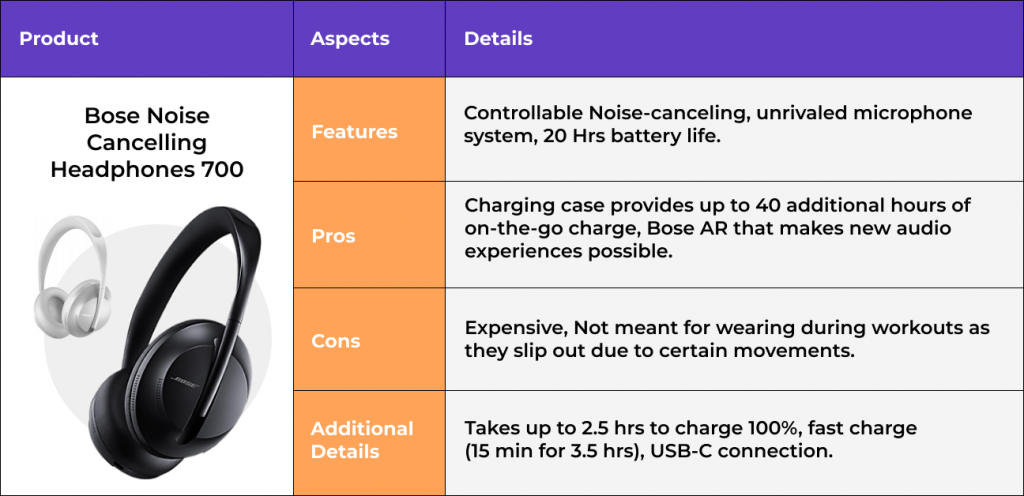
Using these insights, Sony can build a wireless headphone that offers much more battery time, doesn’t slip during workouts, has fast charging features, and is pocket-friendly.
Coffee Making Category
Let’s say, Nespresso wants to manufacture a new coffee making machine. Nespresso would first want to know what other options are available to the customers. Let’s consider Nespresso analyzes “Keurig K-Elite Single Serve Coffee Maker.”
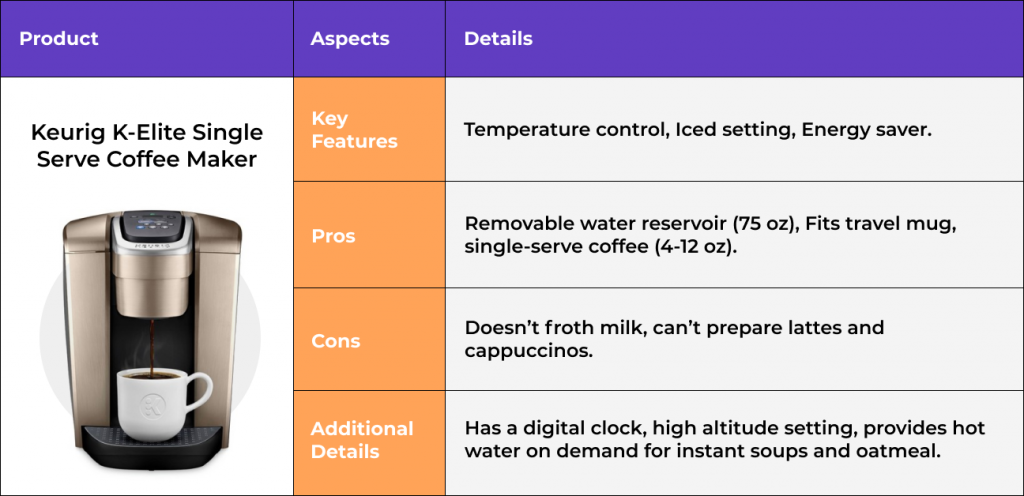
After analyzing these insights, Nespresso would want to create a coffee machine that has all the features as in Keurig K-Elite Single Serve Coffee Maker plus froth milk feature and options to prepare lattes and cappuccinos.
SkinCare
Let’s say, L’Oreal wants to manufacture a facemask. The first thing they will do is analyze the existing products to ensure they make a better facemask than what’s already present in the market. In this example, let’s consider L’Oreal examines “Estee Lauder NightWear Plus.”
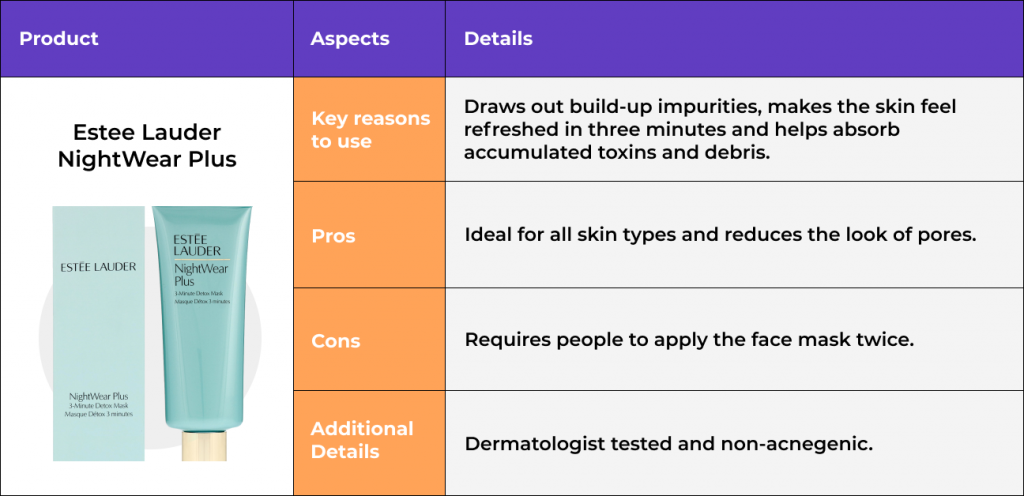
With these insights in hand, L’Oreal would want to prepare a facemask that refreshes dull and tired-looking skin within three minutes, offers long-lasting effects (of at least a week), and doesn’t have any side effects on sensitive skin.
Conclusion
Competitive product analysis can help you identify your competitors’ strengths and weaknesses. You can then use the information to make your products better and increase your chances of dominating the market.
Make sure to gather the right insights and capitalize on the opportunities that your competitors have ignored. Use our competitive product analysis template to collect all the data in one place.
 All
Articles
All
Articles Email
Analytics
Email
Analytics




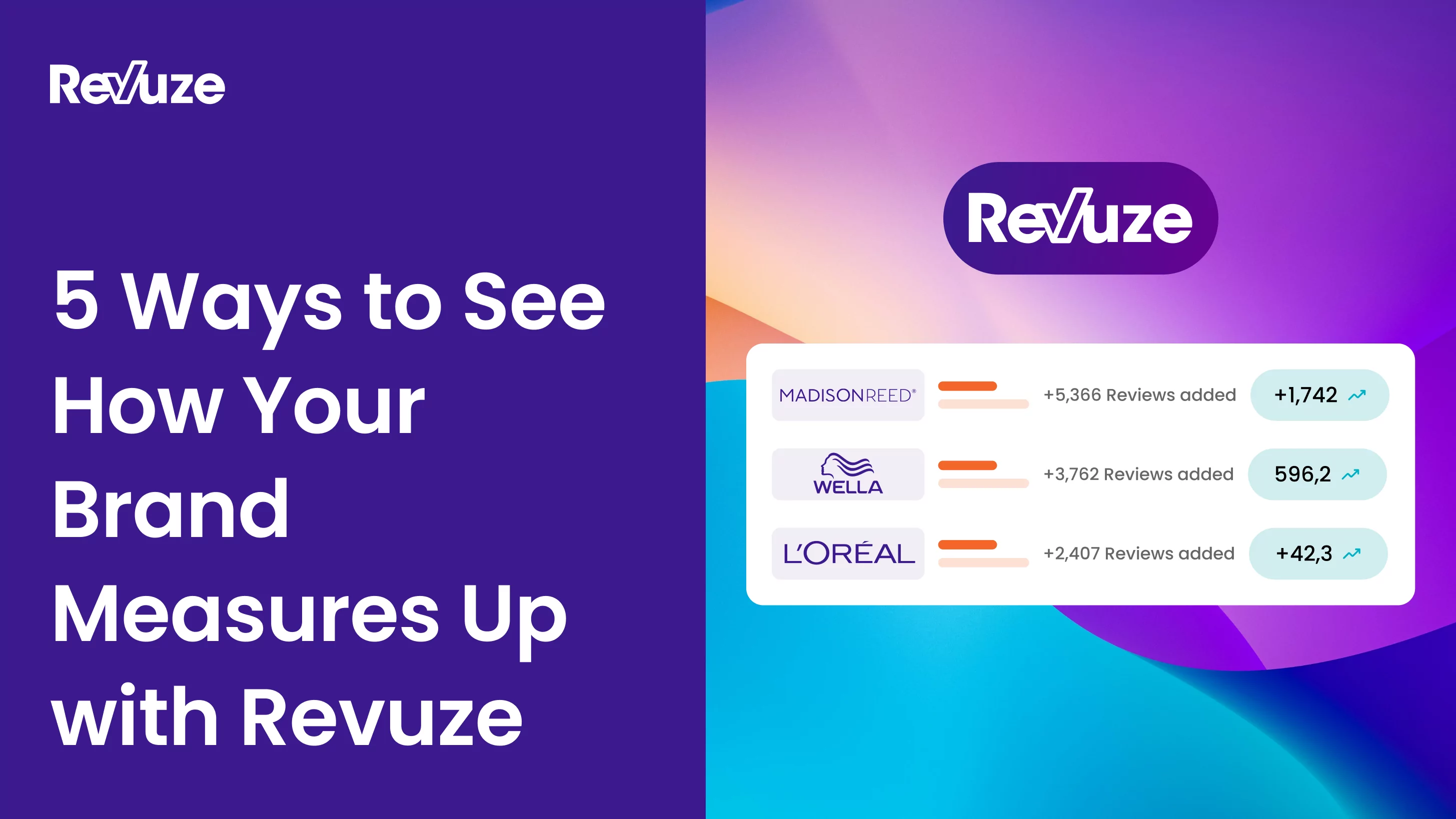

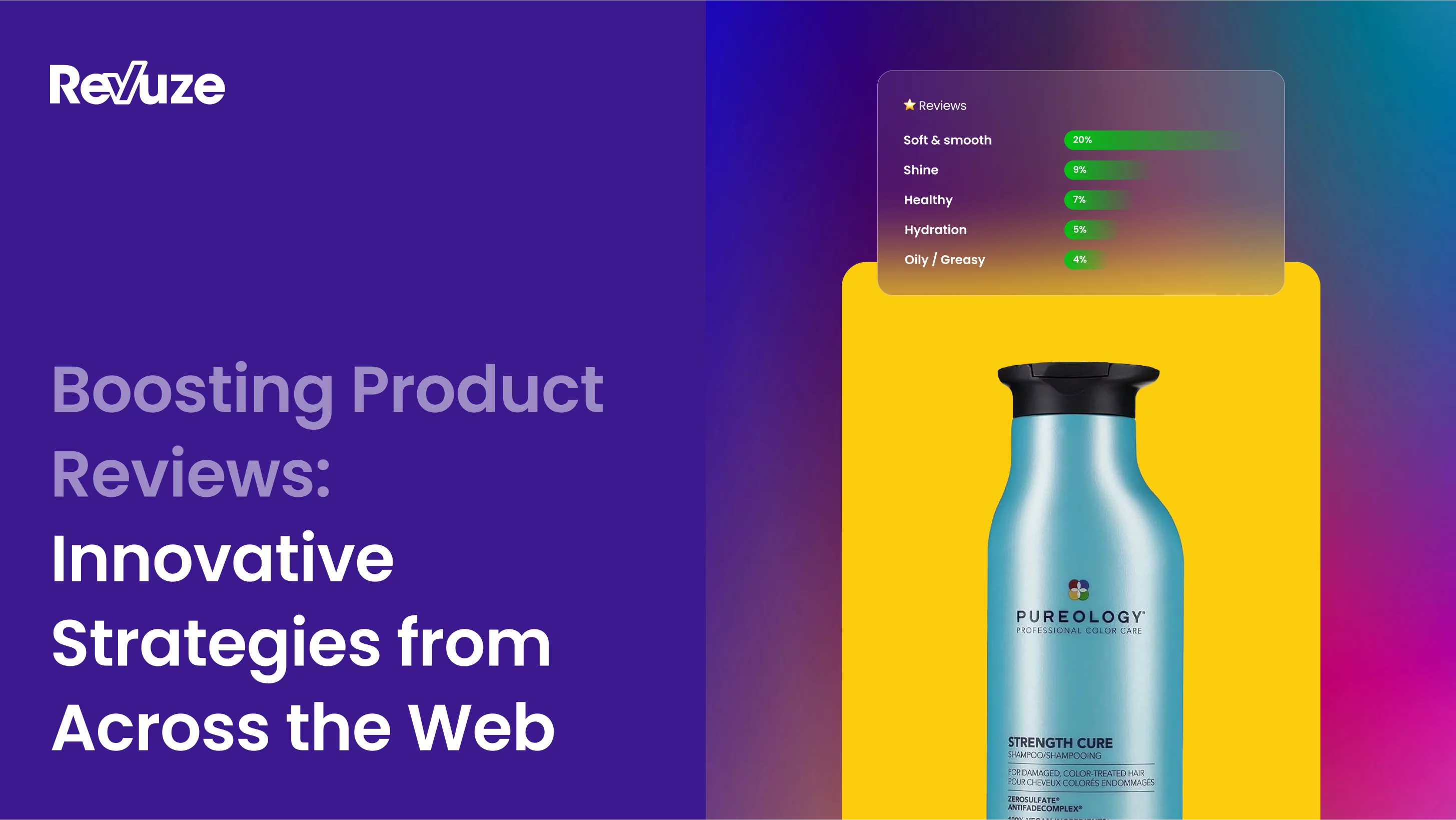
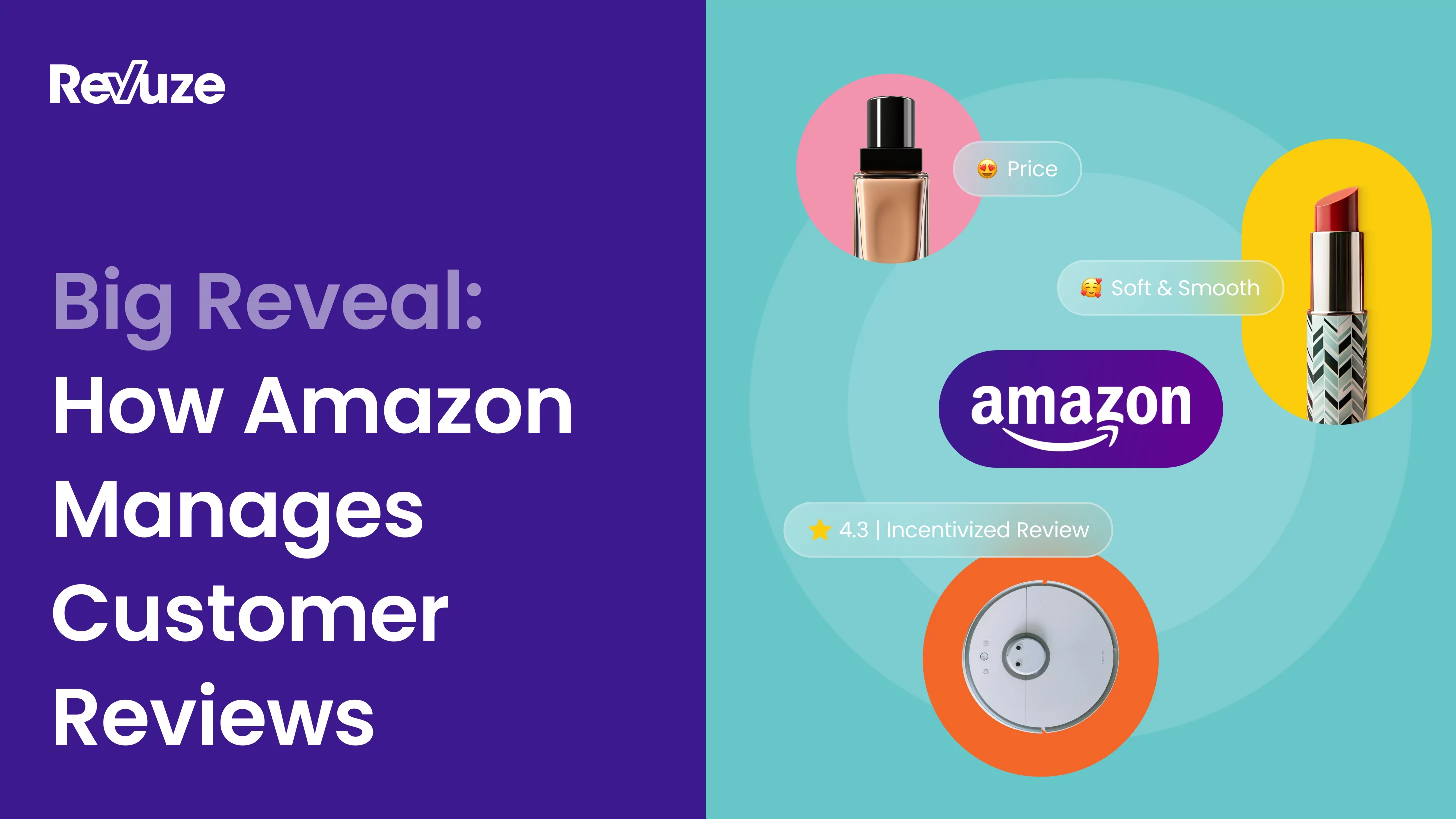
 Agencies
Insights
Agencies
Insights